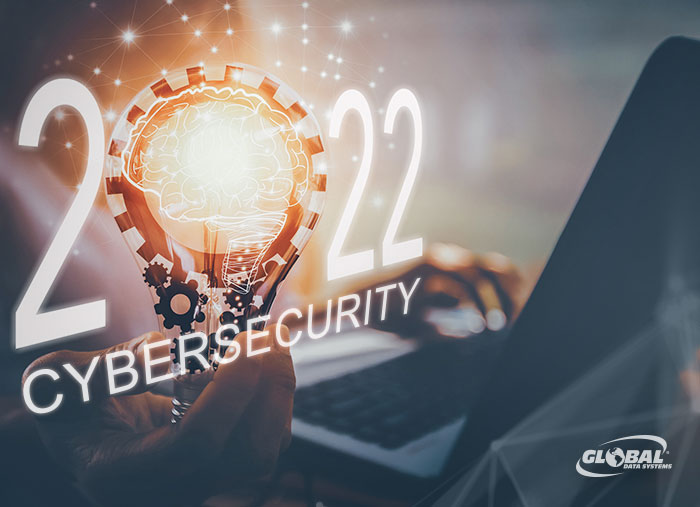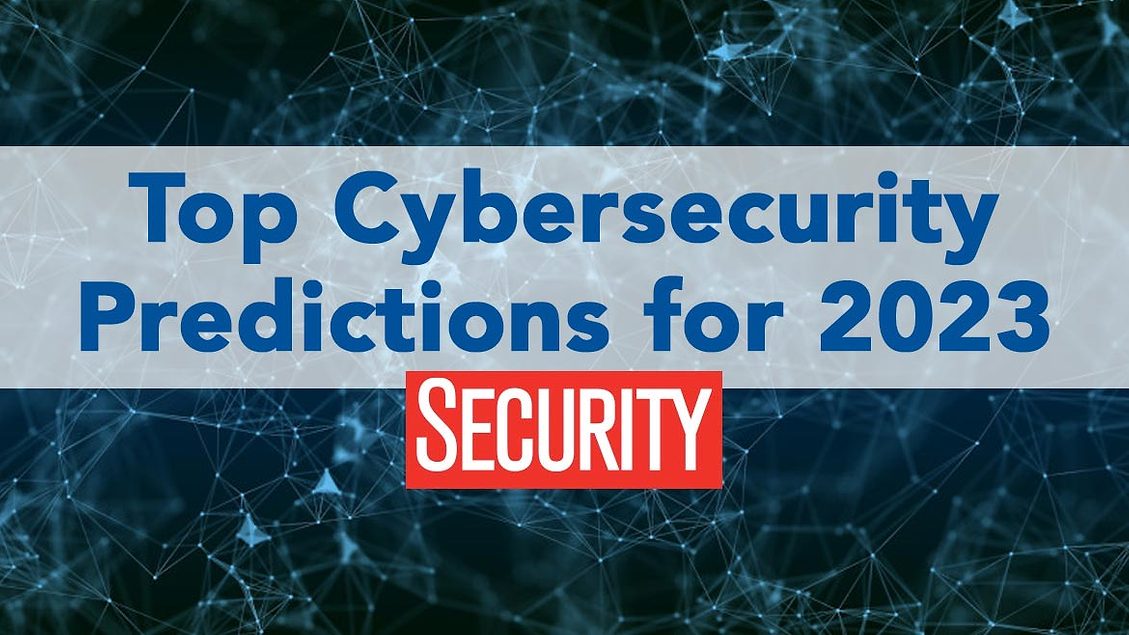Get expert cybersecurity and privacy advisory for your business.
Get expert cybersecurity and privacy advisory for your business.
Blog Article
The Following Frontier: Insightful Cybersecurity Predictions for the Coming Year
As we come close to the new year, the cybersecurity landscape gets on the edge of significant transformation. Key variables such as the integration of advanced AI technologies, the unpreventable rise of sophisticated ransomware, and the tightening of information privacy guidelines are shaping the future of electronic security. The recurring occurrence of remote job continues to subject new vulnerabilities that organizations should navigate. Understanding these characteristics is essential for anticipating the obstacles in advance and purposefully fortifying defenses, yet the implications of these modifications remain to be fully explored.
Rise of AI in Cybersecurity
In the swiftly progressing landscape of cybersecurity, the combination of synthetic knowledge (AI) is emerging as a critical pressure in boosting risk detection and action capacities. AI modern technologies, such as equipment learning algorithms and deep discovering designs, are being significantly released to analyze substantial amounts of information and determine patterns a sign of security dangers. cyber resilience. This enables organizations to proactively resolve susceptabilities prior to they can be manipulated
The increase of AI in cybersecurity is particularly significant in its capability to automate routine tasks, allowing human analysts to focus on more intricate safety concerns. By leveraging AI, cybersecurity groups can decrease reaction times and enhance the accuracy of danger evaluations. Additionally, AI systems can adapt and gain from brand-new risks, continually fine-tuning their detection mechanisms to remain ahead of harmful actors.
As cyber threats become more sophisticated, the demand for advanced remedies will drive more investment in AI innovations. This pattern will likely result in the growth of enhanced security devices that integrate predictive analytics and real-time monitoring, inevitably strengthening organizational defenses. The transition towards AI-powered cybersecurity remedies stands for not simply a technical change however an essential modification in just how companies approach their safety and security methods.
Rise in Ransomware Strikes
Ransomware strikes have become a common risk in the cybersecurity landscape, targeting organizations of all sizes and across numerous sectors. As we progress right into the coming year, it is expected that these assaults will not only boost in regularity however likewise in sophistication. Cybercriminals are leveraging innovative strategies, including using artificial knowledge and machine knowing, to bypass conventional safety actions and exploit vulnerabilities within systems.
The rise of ransomware attacks can be credited to numerous variables, including the rise of remote work and the expanding reliance on digital services. Organizations are frequently unprepared for the evolving danger landscape, leaving important facilities susceptible to violations. The economic implications of ransomware are staggering, with firms dealing with large ransom money needs and potential lasting operational disturbances.
Furthermore, the fad of dual extortion-- where aggressors not just secure information yet also intimidate to leakage delicate information-- has actually gotten grip, better pushing targets to abide by demands. Therefore, services must focus on durable cybersecurity actions, consisting of regular back-ups, staff member training, and event action planning, to alleviate the threats related to ransomware. Failure to do so could cause ruining consequences in the year ahead.
Advancement of Data Privacy Rules
The landscape of information privacy regulations is undergoing significant improvement as federal governments and companies reply to the raising problems bordering individual data defense. In the last few years, the implementation of extensive structures, such as the General Information Defense Regulation (GDPR) in Europe and the California Customer Privacy Act (CCPA) in the USA, has actually established a criterion for stricter personal privacy laws. These regulations stress customers' legal rights to regulate their information, mandating openness and liability from organizations that gather and refine personal details.

Furthermore, companies will certainly need to improve their compliance strategies, spending in innovative modern technologies and training to safeguard sensitive details. The evolution of data privacy policies will certainly not only influence just how companies run but also shape customer expectations, fostering a society of trust and protection in the electronic landscape.
Development of Remote Job Vulnerabilities
As companies remain to accept remote job, vulnerabilities in cybersecurity have actually increasingly pertained to the leading edge. The change to adaptable work arrangements has actually subjected important spaces in protection procedures, especially as workers gain access to delicate data from diverse places and tools. This decentralized workplace develops a broadened attack surface for cybercriminals, that manipulate unprotected Wi-Fi networks and personal tools to infiltrate company systems.

To alleviate these susceptabilities, companies have to prioritize extensive cybersecurity training and execute robust security frameworks that encompass remote work circumstances. This consists of multi-factor authentication, regular system updates, and the facility of clear methods for information accessibility and sharing. By attending to these susceptabilities head-on, business can foster a more secure remote workplace while maintaining functional durability when faced with advancing cyber hazards.
Improvements in Hazard Detection Technologies


Aggressive threat detection has come to be a keystone of modern-day cybersecurity methods, mirroring the urgent need to combat increasingly sophisticated cyber dangers. As companies face a progressing landscape of vulnerabilities, developments in danger detection innovations are essential in mitigating dangers and improving security stances.
One noteworthy content trend is the assimilation of expert system and artificial intelligence right into risk detection systems. These technologies enable the analysis of substantial amounts of data in actual time, permitting for the identification of abnormalities and possibly destructive activities that may avert typical safety actions. Additionally, behavioral analytics are being executed to develop baselines for normal customer task, making it less complicated to discover deviations a sign of a violation.
Furthermore, the increase of automated threat intelligence sharing systems facilitates collective defense initiatives across sectors. This real-time exchange of info enhances situational recognition and speeds up response times to emerging threats.
As companies continue to purchase these advanced technologies, the efficiency of cyber defense devices will dramatically improve, encouraging safety teams to stay one step in advance of cybercriminals. Eventually, these developments will certainly play an essential role fit the future landscape of cybersecurity.
Verdict
In summary, the upcoming year is expected to witness transformative advancements in cybersecurity, driven by the integration of AI modern technologies and a noteworthy rise in ransomware assaults. As information privacy guidelines come to be extra stringent, organizations will certainly need to enhance conformity strategies. The ongoing obstacles presented by remote work vulnerabilities necessitate the implementation of durable safety actions and thorough training. Overall, these developing dynamics underscore the crucial significance of adapting to an ever-changing cybersecurity landscape.
Report this page